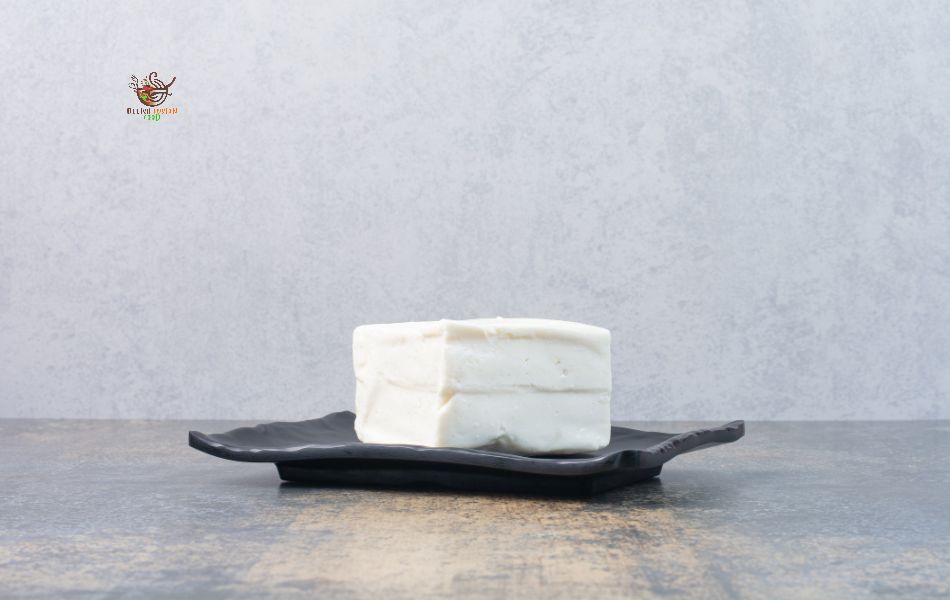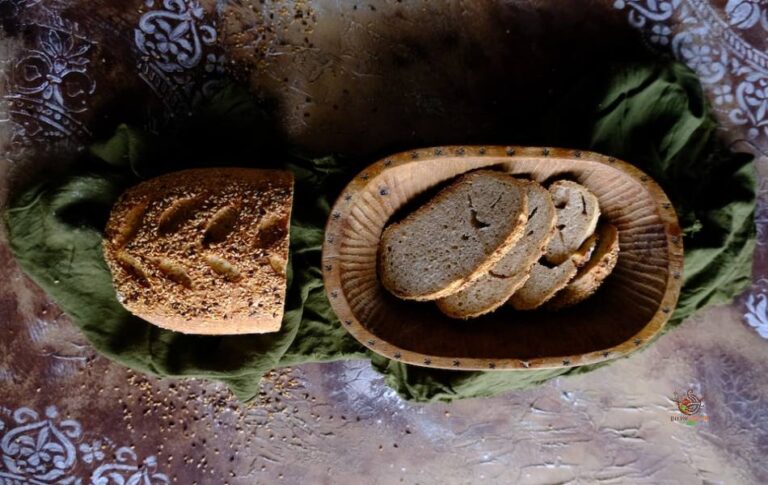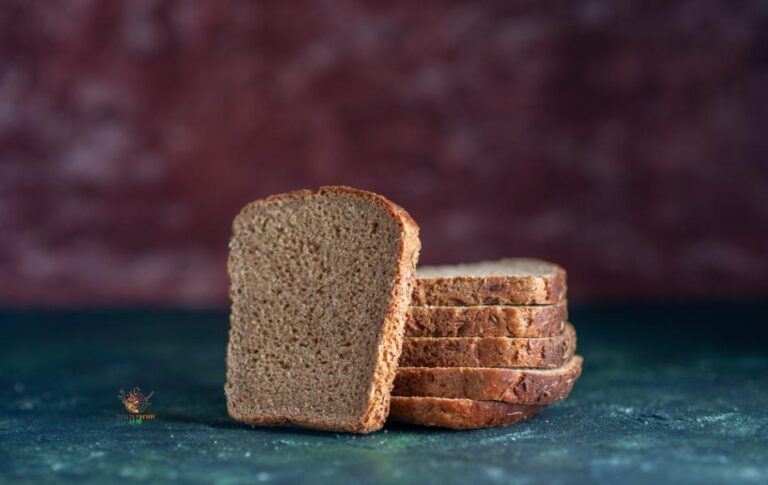How to Thaw Frozen Cheese? 5 Methods
Finishing a wheel of brie or a log of goat cheese before it gets moldy can feel like a race against time. After being opened, many cheeses don’t last long. However, you probably don’t want to throw away that half-eaten block of cheddar that’s been in your fridge for a week. So, what’s the solution? In many cases, you can freeze your cheese. However, you’ll need to thaw it after freezing to make the most of it.
When cheese is frozen, the water and fat inside it will form crystals, altering the flavor and texture of the cheese irreversibly. Be cautious when choosing the cheese to freeze and consider how you intend to use it. To thaw frozen cheese, transfer the airtight container from the freezer to the fridge and let it sit overnight. This allows it to rehydrate and restore some of its original texture. Alternatively, if your cheese is shredded, you can melt it straight from the freezer, eliminating the need for thawing.
How to Defrost Cheese
1. How to Thaw Frozen Cheese in the Fridge
- Take Out the Cheese: Remove the frozen cheese from the freezer and check the packaging. Make sure it’s sealed tightly. If not, it might not be safe to eat.
- Place on a Plate: Keep the cheese in its packaging and put it on a plate or baking tray. Don’t open the package.
- Refrigerate: Put the plate with the cheese in the fridge. Leave it there for 24 to 48 hours depending on the thickness of the cheese. Thinner slices need 24 hours, while larger blocks need 48 hours.
- Use It: Once thawed, take out the cheese and use it as soon as possible. See if it’s completely thawed by attempting to slice a piece. If it’s easy to cut, it’s ready to use. If you want to soften it more, let it sit at room temperature for a bit, but don’t leave it out for too long or it might spoil.

Remember:
- Cheese exposed to air during thawing may become oxidized, resulting in a change in color and texture. Avoid opening the packaging to prevent this.
- Adjust the thawing time based on the thickness of the cheese. Deli slices typically require 24 hours, while larger blocks may need up to 48 hours to thaw.
- Discard soft cheeses if left at room temperature for over 4 hours, and for hard cheeses, dispose of them after 6 hours.
- You can usually cook frozen cheese without thawing it first, especially if you’re melting it or using it in a recipe.
2. Thawing Cheese on the Counter
- Check the Packaging: Take your cheese out of the freezer and inspect the bag or container. Ensure it’s sealed tight. If air got in, your cheese might not be good. Even if it doesn’t absorb bacteria, it may lose flavor and get an unappealing texture.
- Place on a Plate or Tray: Keep the cheese in its original packaging. Put it on a plate or in a bowl on the counter. Avoid leaving it in direct sunlight or near a window, as it may spoil during thawing.
- Wait for 2.5-3 Hours: Leave the cheese on the counter to defrost. It takes 2.5-3 hours, depending on cheese density. Softer cheeses thaw in 2.5 hours, while harder ones may take a bit over 3 hours.
- Use Quickly: Once fully thawed, remove the cheese from its packaging. Consume it or use it in your recipe promptly.
Remember:
- This method is quicker but may not maintain the original texture. Use it if you’re using cheese as an ingredient and don’t mind the texture change.
- Keeping it in the original packaging prevents hardening as it thaws.
- Check your recipe; sometimes you can use frozen cheese directly.
- Bad cheese tastes sour, smells unpleasant, and may change color. Discard if you notice these signs.
3. Thawing Cheese in a Warm Water Bowl
Thawing cheese in warm water can take anywhere from 20 to 60 minutes, depending on the type and size of the cheese. It’s crucial to use lukewarm water and avoid placing the airtight packaged cheese directly on top of the water. The water should be warm enough to melt the cheese without cooking it.

For best results with this method, here’s what I recommend, assuming it’s a block of cheese weighing 200 to 300 grams.
- Prepare the Bowl: Use a clean bowl and fill it with lukewarm water. Put your cheese in it. Make sure the plastic packaging is secure to avoid any air getting in. Air could spoil the cheese from its time in the freezer.
- Choose a Spot: Place the bowl in a cool area on the countertop, away from direct sunlight.
- Wait It Out: Wait at least 40 minutes. You can wait longer depending on how warm the bowl is and the room temperature.
- Check the Cheese: After an extra 20 minutes, take the cheese from the bowl and remove any wax paper covering it.
- Test with a Knife: Using a butter knife, check if the cheese is soft enough to cut. If it’s still firm, you can put the package back in the bowl for another 20-40 minutes. Ensure that water doesn’t enter the packaging now that it’s been opened.
4. Thawing Frozen Cheese in the Microwave
Microwaving frozen cheese isn’t the best option as it can affect its texture and consistency. This may make the cheese wet or soggy by removing whey and milk. But if you’re pressed for time, here’s what you can do:
- Check the Packaging: Ensure the packaging remains intact to preserve moisture effectively. The microwave works most efficiently when the packaging is airtight.
- Use a Microwave-Safe Bowl: Place the cheese in a microwave-safe bowl and cover it with cling wrap.
- Microwave at Low to Medium Power: Microwave the cheese for 20 seconds at low to medium power. Be cautious not to overheat.
- Check and Repeat: After 20 seconds, check the cheese. If it’s still firm, continue microwaving in 20-second intervals until thawed.
- Allow to Cool: Once satisfied with the result, let it sit for another 10-15 minutes or until the cheese has cooled down and is safe to handle.
Tips: This method is suitable for hard cheeses only. Avoid microwaving soft cheeses like brie or camembert, as they can become too hot and gooey on the outside while remaining frozen inside.
5. Thawing Cheese in the Oven
Thawing cheese in the microwave can sometimes make it turn into plastic. Instead, here’s a method using the oven:
If your cheese is in a plastic bag, put it in a bowl with water and heat it in the oven at 300 degrees for 5 minutes. It takes away most of the moisture but keeps the cheese soft. This method works for hard cheese as well.

With a sharp knife, carefully slice the cheese into pieces and return them to the plate in the fridge for another two hours. The benefit of using the oven is that it allows for better control over the texture and consistency of the cheese. You can closely monitor it without sacrificing quality.
Tips for Thawing Frozen Cheese
- Defrost Slowly: To keep any cheese from getting too crumbly, thaw it slowly. This helps preserve its texture. Also, ensure the cheese remains tightly wrapped in a bag to retain moisture, especially for American cheese or alternatives.
- Safety Note: Frozen cheese is safe to consume, but its texture may change after thawing. If thawed in the fridge, use reheated cheese within one to two days for freshness.
- Water Bath Method: If time is limited, use a water bath to thaw frozen cheese. Ensure the water isn’t too warm to avoid heating the cheese too quickly. Make sure the cheese is tightly sealed before placing it in the water.
- Consider Cheese Type: Hard cheeses like Parmesan, Romano, and hard Cheddars are tougher to thaw than semi-soft cheeses. These types hold up better to the thawing process.
See Also – Store Parmesan Cheese: Tips and Techniques
Wrapping Up
Freezing cheese can be a convenient solution to extend its shelf life, but proper thawing is crucial to preserve its taste and texture. Whether using the fridge, counter, warm water, microwave, or oven, following these methods ensures your cheese retains its quality. Remember to adjust thawing times based on cheese type and thickness, and always prioritize safety and flavor when thawing frozen cheese.







